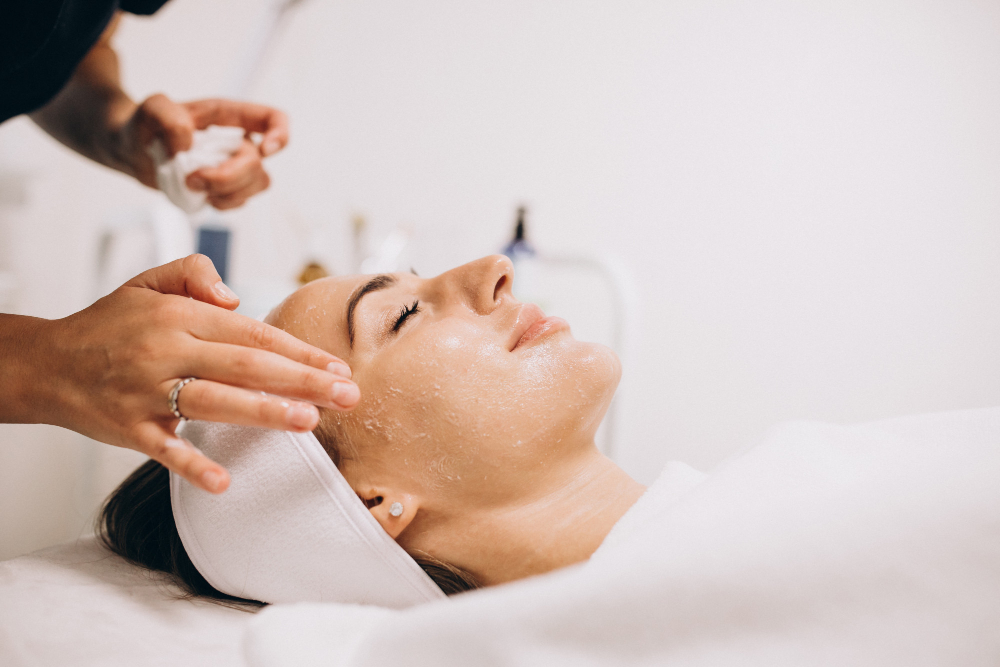Chemical Peel Process: What to Expect Day by Day

Chemical peels are an effective way to remove damaged skin cells, reduce wrinkles and fine lines, lighten dark spots, and achieve a brighter and smoother complexion. But if you're new to chemical peels, you may wonder what exactly happens during the treatment and how your skin will react afterward. In this post, we'll walk you through a typical chemical peel process, day by day, so you can prepare yourself and gauge your expectations.
Day 1
You've arrived at your appointment and met with your aesthetician. They will ask you about your medical history, skin concerns, sun exposure, skincare routine, and expectations for the chemical peel. They will then cleanse your skin and apply the chemical solution tailored to your skin type and condition. You may feel a tingling, stinging, or burning sensation, depending on the strength of the peel and your skin sensitivity. Your skin may also turn red or pink, but don't worry, it's normal. You may also be given a post-peel kit to soothe and protect your skin after the treatment.
Day 2
Depending on the type and intensity of the chemical peel, you may experience mild flaking, peeling, or shedding of the skin. This is because the chemical solution is exfoliating the damaged skin cells and encouraging cell turnover. You may also experience some dryness, tightness, and sensitivity, so make sure to moisturize your skin regularly and avoid sun exposure and harsh products.
Day 3-4
Your skin will continue to shed and regenerate, revealing a fresher, smoother, and brighter layer of skin. However, you may experience some more pronounced peeling, especially if you've had a deep peel. It's important not to pick or scratch your skin, as this can lead to scarring and infection. Instead, gently cleanse your skin with a mild cleanser, apply a gentle moisturizer, and avoid wearing makeup.
Day 5-7
Your skin should start to normalize and look noticeably improved. However, you may still experience some mild redness, sensitivity, and peeling around the nose, mouth, and eyes. You can resume your usual skincare routine, but make sure to use gentle and non-irritating products. You should also avoid sweating, swimming, and sun exposure, as your skin is still vulnerable and needs to heal.
Conclusion
In conclusion, a chemical peel process can vary depending on the type and strength of the peel, as well as your skin type and condition. However, most chemical peels follow a similar pattern of exfoliation, regeneration, and improvement. It's important to consult with a professional aesthetician and follow their instructions before and after the chemical peel to minimize the risks and maximize the benefits. If you're interested in trying chemical peels in Orlando, FL, contact Vamped Aesthetics & Design today to book an appointment. Our experienced and friendly team will guide you through the process and help you achieve your skincare goals.